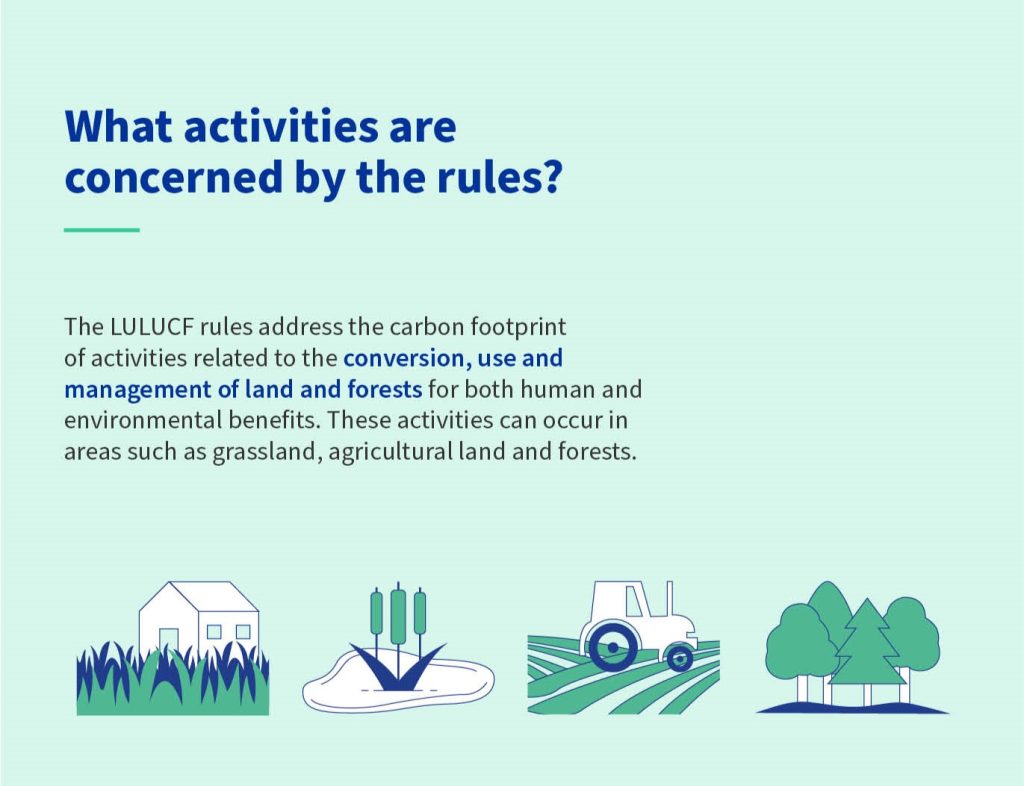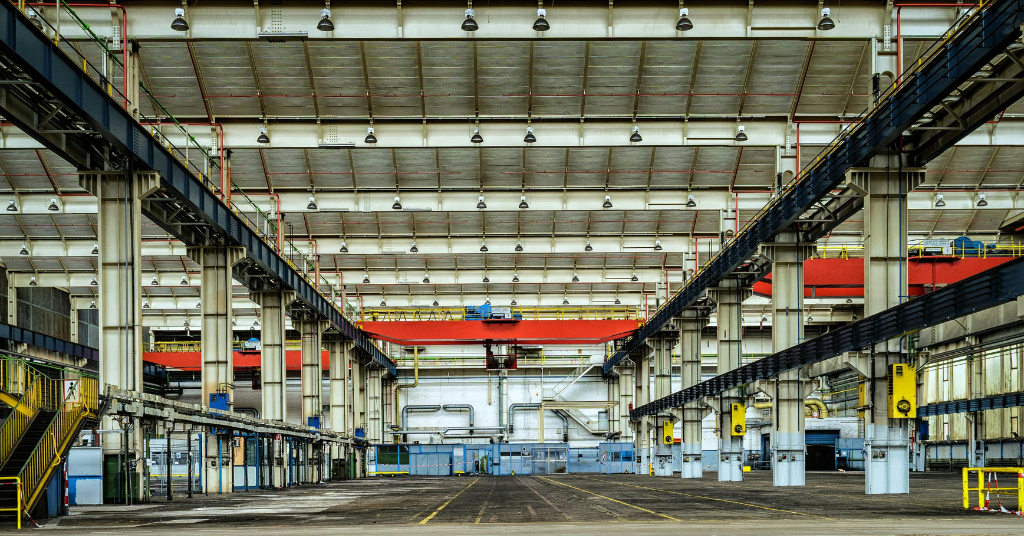Forests neutralize carbon dioxide and therefore play a key role in the fight against climate change.
In March 2023, the Parliament adopted new rules on land use, land use change, and forestry (LULUCF), which will increase carbon sequestration by 15% by 2030. The rules for the final agreement must be formally approved by the Council.

Resource: European Council
Key data on forests in the member states:
- EU forests annually absorb 7% of the EU’s total greenhouse gas emissions.
- The EU’s forests cover 159 million hectares. They cover 43% of the EU’s land area, but there can be significant variations between Member States, with Malta, for example, covering just over 10% and Finland 70%.
- As well as absorbing carbon dioxide, forests help protect soil from erosion, are part of the water cycle, provide habitat for many species, protect biodiversity, and regulate local climate.
EU efforts to reduce greenhouse gas emissions
The review of land use and forestry rules is part of the Fit for 55 package of measures to reduce greenhouse gas emissions by at least 55% by 2030, as set out in the Climate Change Act.
What will change with the new rules?
- Increase in carbon dioxide removal target
- Under the current rules, Member States are obliged to:
- Ensure that emissions from land use and forestry are offset by equivalent CO2 removals in the sector in the period 2021–2030 (this is the so-called negative balance ban).
- The new rules provide for a more ambitious EU-wide target for carbon dioxide removal by 2030.
- Current target: -225 mt
- 2019 level of removals: -249 mt (source: EEA)
- New 2030 target: -310 mt
- *Mt = million metric tons of CO2 equivalent




